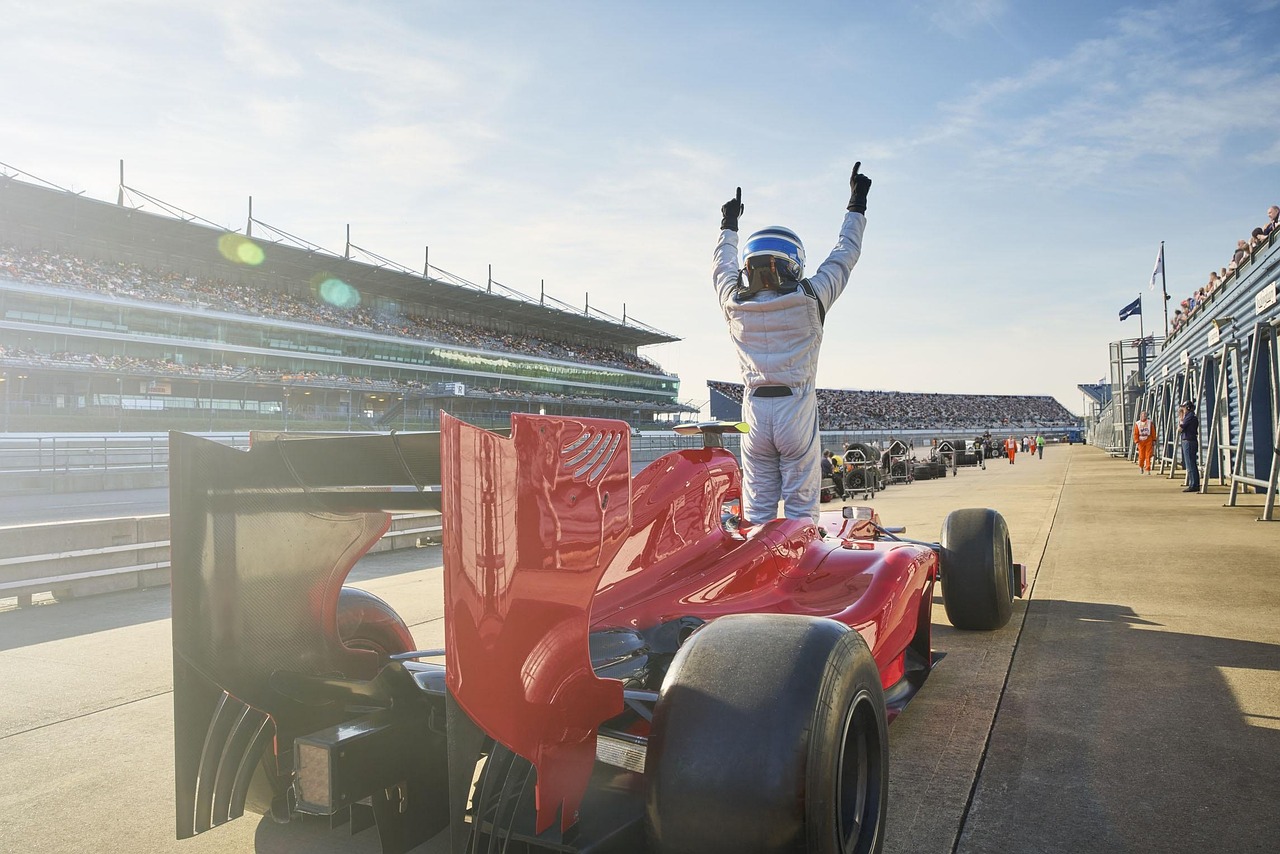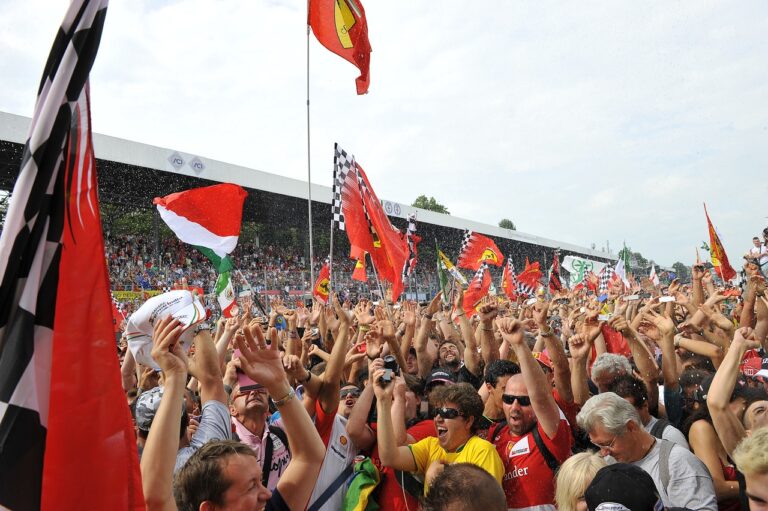Behind the Wheel of Change: Liberty Media, Social Media, and F1’s Surge into the Mainstream
From Hidden to Everywhere: How Liberty Media Changed Formula 1
Liberty Media grabbed control of Formula 1 in 2017 when the sport really needed a boost. It had been run by Bernie Ecclestone for many years, turning it into something hard to get into—more about keeping it exclusive. Social media? Hardly thought of. Young people? They didn’t really focus much. But now? F1 is huge, its roar heard not just on race tracks but also all over TikTok, Instagram, and YouTube. This change isn’t just about faster cars or tighter races. No, it’s a big lesson in updating—how Liberty Media used smart data and the huge force of social media to push F1 into everyone’s view.
The Liberty Media Playbook: Data, Drama, and Digital Savvy
Liberty Media’s first move was to dismantle Ecclestone’s “old boys’ club” mentality. They conducted a global fan survey, uncovering a stark truth: F1’s future hinged on younger, digitally native audiences. The solution? A three-pronged strategy:
- Making it Open: Liberty Media changed the game by letting teams and drivers share what goes on behind the scenes. Now, everyone can see the cool stuff that happens in the F1 paddock. It’s like a treasure chest of moments people wanna share.
- Telling Stories: That Netflix show, Drive to Survive? Big impact. More than just popular—it sneaked the thrill of F1 right into our homes. Think of it like… it turned people who kinda liked racing into super fans.
- Using Data: Teaming up with Amazon Web Services made all that complex race data simple and fun for fans. Now we get stats on how drivers are doing while the race is on—it’s like you’re part of the action!
Social Media: The New Pit Lane of Fan Engagement
So, if Liberty Media figured it out, social media was the spark. Places like Instagram, TikTok, and YouTube turned into F1’s online tracks—where teams and drivers went right past old-school media to hit up fans directly.
YouTube: More than Just the Cool Clips
McLaren’s Unboxed series redefined authenticity. With its raw, unedited footage of race weekends—think engineers troubleshooting glitches or drivers bantering over coffee—the series amassed millions of views, proving that fans craved unfiltered access. Red Bull, meanwhile, doubled down on adrenaline-pumping edits, blending slick production with daredevil stunts to keep viewers hooked.
Instagram and Twitter: The Pulse of Real-Time Fandom
Aston Martin’s social team mastered the art of relatability, peppering feeds with memes and self-deprecating humor. When Lance Stroll spun out during a rainy qualifying session, the team tweeted, “We’ve all had Mondays…”—a move that racked up thousands of retweets and humanized the high-stakes world of F1.
TikTok: Where F1 Meets Internet Culture
TikTok’s algorithm became F1’s secret weapon. The platform’s bite-sized, trend-driven format allowed teams to experiment:
- Driver Challenges: Charles Leclerc attempting viral dances.
- Engineering Explainer: Mercedes breaking down aerodynamics in 15 seconds.
- Fan-Generated Lore: Memes like Pierre Gasly’s “El Plan” or Fernando Alonso’s “Kimi, leave me alone” radio clip became inside jokes, unifying the global fanbase.
By 2023, McLaren had surged to 1.4 million TikTok followers, while Haas found unexpected success through videos posted by their mechanics—a reminder that authenticity often trumps polish.
Cultural Impact: F1’s Checkered Flag in Pop Culture
The numbers speak volumes: F1’s social media following ballooned by 36% to 35 million by 2020, with video views hitting 4.9 billion. But the real win was cultural. Once seen as a niche sport for petrolheads, F1 now dominates watercooler conversations, thanks to:
The American Invasion
Liberty Media, a U.S.-based conglomerate, aggressively targeted American audiences. Three Grand Prix races (Austin, Miami, Las Vegas), a Netflix series dripping in reality-TV suspense, and partnerships with ESPN turned F1 into a stateside staple. The Las Vegas Grand Prix alone drew 315,000 attendees in 2023, its neon-lit strip becoming a symbol of F1’s glitzy new era.
Diversity and Inclusivity
Initiatives like F1 Academy (a women’s racing series) and collaborations with LGBTQ+ advocates signal a shift toward broader representation. While progress is gradual, the sport’s push to shed its “boys’ club” image resonates with Gen Z’s values 9.
The Meme-ification of Racing
F1’s embrace of internet culture transformed drivers into relatable icons. Lando Norris’ gaming streams, Max Verstappen’s deadpan humor, and Daniel Ricciardo’s shoey celebrations turned athletes into personalities, blurring the lines between racetrack and TikTok feed.
The Data Behind the Drama
| Metric | Pre-Liberty (2016) | Post-Liberty (2023) |
| Global Viewership | 390 million | 1.05 billion |
| Avg. Fan Age | 42 | 32 |
| U.S. Audience Growth | 8% | 58% (2021-2022) |
| Social Media Followers | 12 million | 49 million |
| Team Valuation (Avg.) | €650 million | €1.71 billion |
Sources: GPBlog, F1Lead, Medium
This table isn’t just a snapshot of growth—it’s proof of a paradigm shift. The budget cap, introduced in 2021, leveled the playing field, making teams like Williams and Alpine profitable for the first time. Meanwhile, F1’s worth went up by a ton—250%—since Liberty took over. Who’d have thought that, like, ten years back?
The Road Ahead: Tough bits and chances
While F1’s revival is undeniable, pitfalls loom. Ticket prices have soared, alienating longtime fans. Others argue the sport’s newfound glamor—think Las Vegas’ celebrity-packed paddock—risks overshadowing the racing itself. Yet, Liberty Media’s focus on digital engagement offers a counterbalance: virtual races, gamified apps like F1 Clash, and interactive fan zones ensure the sport remains accessible.
Final Lap: Why F1’s Revolution Matters
Liberty Media didn’t just rebrand a sport—they redefined what a sports league could be. By marrying data analytics with the chaotic creativity of social media, F1 became a case study in cultural relevance. Whether it’s a teenager mimicking a pit stop on TikTok or a casual fan dissecting race strategies on YouTube, F1’s success lies in making everyone feel like they’re part of the crew.
So, what’s next? As AI and virtual reality reshape entertainment, F1’s ability to stay ahead of the curve will depend on one thing: keeping its finger on the pulse of the internet, one viral moment at a time.
Ready to join the grid? Follow your favorite F1 team on Instagram or dive into the drama with the latest season of Drive to Survive. The race for the future is just getting started.


